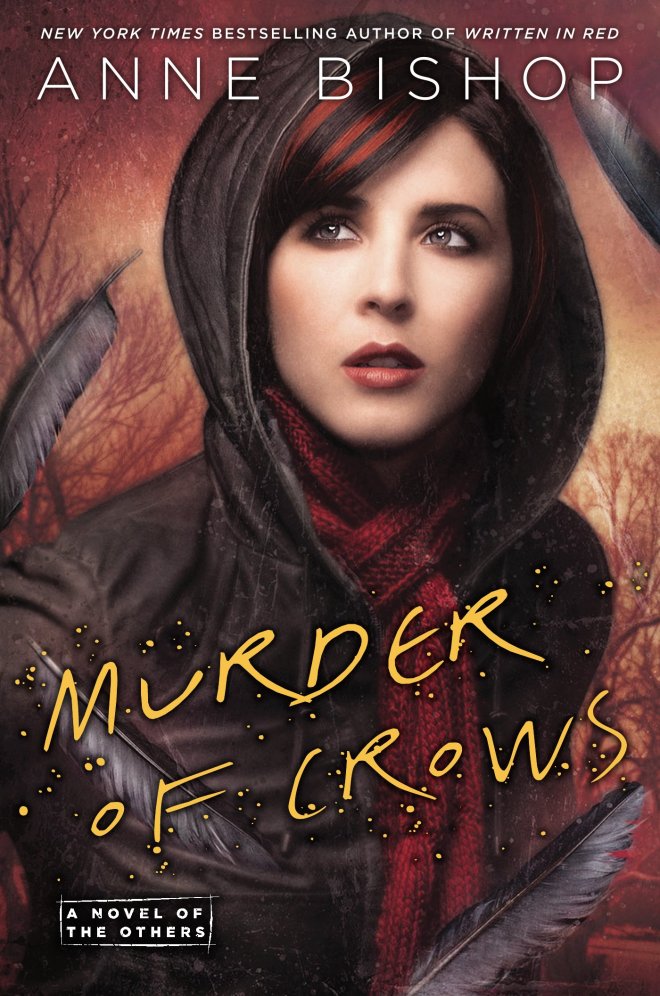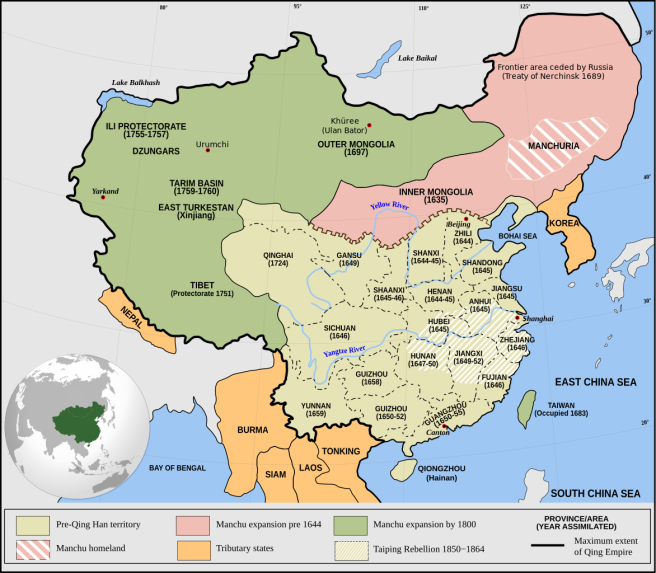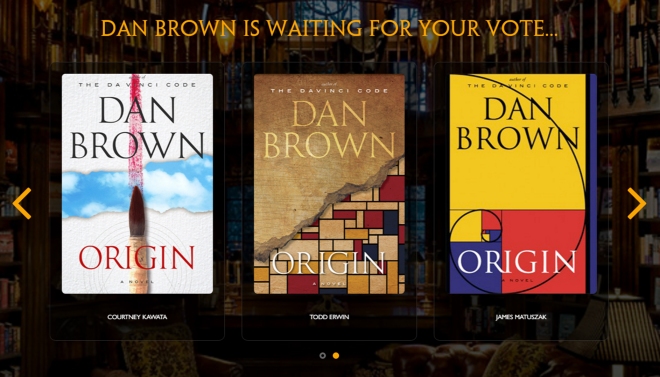Memoir is really very similar to fiction in how it’s written. They both follow the same structure. Events are organized in the framework of a story. The flow isn’t interrupted to preserve the totality of events. Things that pertain to the story being told are included. Everything else is left out. Fiction is an additive method. Memoir is subtractive. You take a subset of everything you remember and from that into a cohesive story. Events are picked from a multitude of things that actually happened.
This selection of events is apparent in movies based on true events or a dramatization of the truth. Take for example, Steve Jobs. I’ve watched three versions of Jobs’ life. First, the biopic starring Ashton Kutcher, Jobs. Then the factual documentary Man in the Machine. Finally, Steve Jobs directed by Arron Sorkin and starring Michael Fassbender.
Each movie had a different angle. Jobs was about Jobs getting ideas and using them to be the best. Man in the Machine is trying to be as unbiased as possible. It was the most balanced but tried to talk about the relatively unknown things about Jobs. Steve Jobs was controversial in its directorial and writing direction. It omitted his accomplishments for the most part and focused on his relationship with his daughter, Lisa.
All in all, the based on true story movies tried to make Jobs relatable. And the perception of Jobs was he wasn’t approachable. He was a strict, straight to business type of guy. He had stringent expectations and expected them to be met. He was thought to be the driving force behind Apple’s success. Each movie took a different approach to humanize and create a connection with the audience. Sorkin focused on Jobs’ personal life and matched it to Apple’s performance/Jobs’ fortunes. Jobs started us with Jobs as a student that couldn’t really connect with anyone except when he started Apple. Man in the Machine used his relationship with the mother of his daughter.
Memoir and fiction follow the same pattern. First, we see the character before anything starts. Then, something happens they have to react to. Then, they try fixing the problem different ways and fail successive times. Then, something starts working. Finally, the character succeeds, finds something that changes their life forever, and the story ends. This matches the character arc of a fictional story. Fiction adds an external conflict. When the character arc is the main conflict, it’s a literary story.
Some recent stories have a strong character arc and conflict arc that are nearly equivalent in importance. Take The Girl on the Train as an example. The character arc of Rachel’s drinking and the central conflict of finding Megan’s killer. Or Gone Girl. The internal conflict is how Amy feels about Nick and the external conflict is Amy’s murder. Adding a strong character arc to a compelling plot brings a story up by an arm and a leg.
I recently read Naked, Drunk, and Writing by Adair Lara. She is a prolific writer of memoirs and personal essays. She pointed out some key points. You have to be a hero, not a victim. It’s easy in this society and time to feel like a victim. You need a time in your life where you take action. A bad thing comes your way, and you fix it. Getting your car stolen is bad luck. Bad stuff happens. But if you track down the thieves, steal your car back, and you learn how to overcome a debilitating fear of confrontation. Then, it becomes a story that works in a memoir.
You need to be done with the problem. If you haven’t found a way out, there’s nothing really there. Struggling and still struggling with the issue you want to write about, it is too soon. The writer needs perspective to make a memoir. You need to know the lesson and be detached enough to know what really happened. People read a memoir to gain a new understanding of the human condition. Something that can help figure out life, a little better.
A few things are in the way of me writing personal essays. When I write about myself, the writing comes out snobbish and stand-offish. I have allows been a little showoff. For years, I never knew why I wanted to prove my intelligence. Recently, I found the reason behind it. I have always felt less than everyone else because of my physical limitations. I always felt a little trapped by my condition. My way out and to feel better about being “less”, I try to feel equal by proving my intelligence more than balances out my physical weakness. That realization changed a lot, but I still worry about falling back into old habits.
When I have in-depth conversations about my intense emotional states and the inner workings of my mind, the person on the other end doesn’t understand me. That’s because I’ve never tried telling people even a percentage of that stuff. I have trouble relating to other people. I’ve been anti-social for that long. I’m slowly improving there.
This is an example of a recent conversation where I try to get better at explaining something.

Recently saw Collateral Beauty. It’s about a father that recently lost his 6-year-old daughter to cancer. He writes letters to Death, Time, and Love and they reply. Towards the end, there was a really emotional scene where he admits his daughter is dead. I actually had tears forming a well in my eyes but didn’t allow any out. I pulled away emotionally.

Why didn’t you let your tears come? Don’t you think you’re cutting out emotion unnecessarily?

Whenever I describe something in too much detail, it doesn’t make sense. I need to fix that before writing a memoir. I’ll try my usual description first.
Emotional history: Started as a person with normal reactions to my emotions. Feeling them and becoming numb when some emotion became too much. Everyone does that except it isn’t going to happen frequently for most people. For example losing a close loved one. That might happen a few times. Simple sadness was enough to make me numb after a little while.
Then I started to decrease the threshold before I became numb. It worked for a time, and I reached my goal to fit as a male in American society. At one point, I was unable to feel anything.
Then, I slowly reduced the threshold when numbness happened. Through that still ongoing process, I thought I was rediscovering something I lost. That moment, watching that movie, I was in a struggle to stay there and feel. Becoming numb would have been slightly easier. There was a standstill and anything could tip the balance. Something did.
A better image. Everyone has three parts to their psyche. We’ll ignore the superego. There are various names that work for superego like conscience, mother’s voice, God, and hindsight. We’ll ignore that.
There’s a childish side or you at your weakest, id, baby, or the person you would be without an external influence. Then the protector, ego, or what the world made you into. The protector usually acts in small ways. Like covering your face, when you cry. Hiding you away, when you’re boiling mad. Putting on a brave face, when you’re really scared. It basically reacts to what the baby wants and finds a socially acceptable way to meet those needs.
What happens with normal emotions? The protector does those little things. When something too much happens, like the death of a close loved one, the protector says, “Baby, you need some time in your quite room. I’ll be with you the whole time. Too much is going on out here.” You become numb while the baby has some time away from life.
For someone like me, the baby cries bloody murder when something sad happens. Everything is exaggerated beyond the average. A baby like that spends too much time in the quite room. That baby never gets to experience a lot, because a lot of things are too much.
I increased the sensitivity of my protector to the baby by showing the protector more emotional states. Like an abused child, the protector grew more attuned to the tormentor, the whiny baby. Then the baby spends less time out and then none at all.
Right now, I’m dismantling the safe room. If an external threat appears, the deconstruction stops or reverses temporarily. Very similar to the process of growing up.
That’s still a little confusing.
The other part is sharing too much. The vulnerability of it. We’re all scared to sharing too much. That allows the possibility of getting hurt. The more you share, the greater the rejection. I feel like I should share my life’s lessons. I’ve been through a lot. Moving to a different country at five and never going back. My medical experiences that vastly over date my time to 28 years of age. Then the lessons meditation taught me. Finally finding meaning in my life. There is a lot I could share. There might be a memoir in my future. We’ll see.












































































